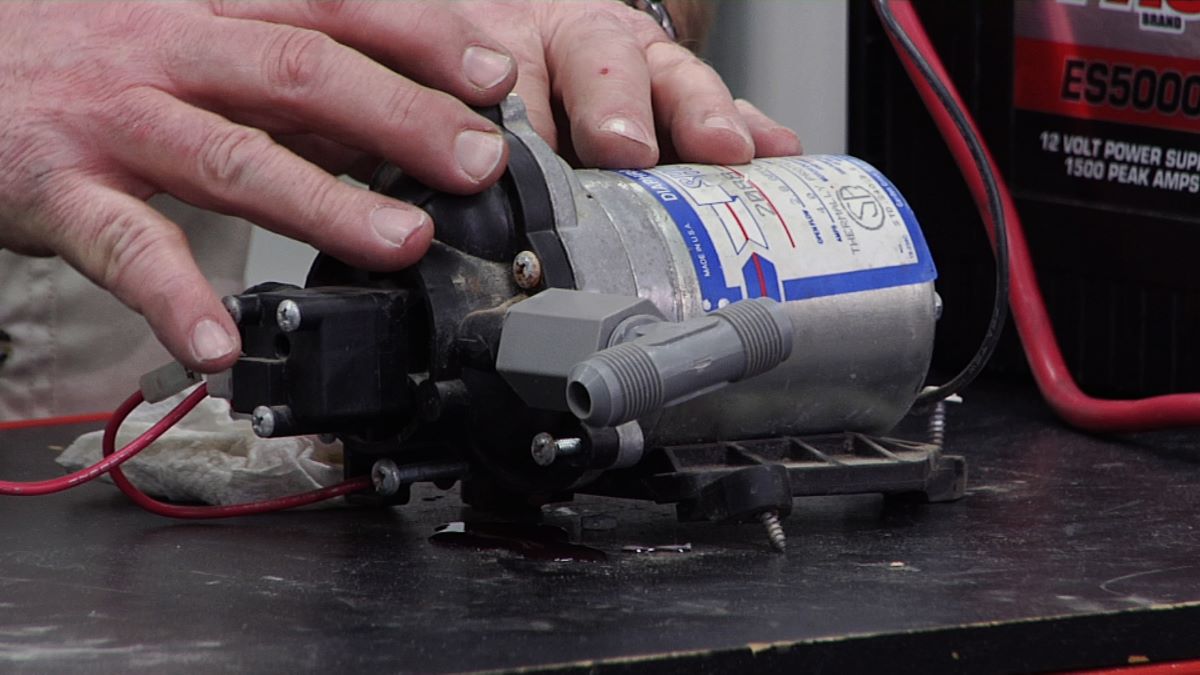

Articles
What Does The Water Pump Do In An Rv
Modified: August 31, 2024
Discover the importance of the water pump in an RV and how it operates. Read articles and get expert advice on maintaining and troubleshooting RV water pumps.
(Many of the links in this article redirect to a specific reviewed product. Your purchase of these products through affiliate links helps to generate commission for Storables.com, at no extra cost. Learn more)
Introduction
Welcome to the world of RVing, where the freedom to wander and explore knows no bounds. Whether you’re a seasoned RV enthusiast or a newbie just embarking on your first adventure, understanding the inner workings of your recreational vehicle is crucial. One essential component of an RV is the water pump, which plays a vital role in delivering water to various fixtures and appliances throughout the vehicle.
In this article, we’ll take a deep dive into the world of RV water pumps. We’ll explore their function, how they work, common issues, and maintenance tips. Whether you’re experiencing problems with your current water pump or simply curious to learn more, this comprehensive guide will provide you with the knowledge you need to ensure a seamless and enjoyable RVing experience.
So, let’s go with the flow and explore the world of RV water pumps!
Key Takeaways:
- The RV water pump is essential for maintaining a steady water supply to faucets, showers, and toilets, ensuring a seamless RVing experience even in off-grid locations.
- Regular maintenance, troubleshooting, and potential upgrades or replacements can optimize the performance and longevity of the RV water pump, enhancing the overall RVing experience.
Overview of an RV Water Pump
Before we delve into the specifics of how an RV water pump works, let’s start with a general overview. An RV water pump is a device designed to draw water from the freshwater tank and distribute it to various faucets, showers, toilets, and other water outlets within the RV.
Unlike traditional residential plumbing systems, which rely on a constant supply of pressurized water from a municipal source, RVs operate on a self-contained water system. This means that even when you’re camping in remote areas without access to city water hookups, you can still enjoy the convenience of running water in your RV.
The water pump is typically installed near the freshwater tank and is responsible for creating the necessary water pressure to deliver water to your desired fixtures. It’s a crucial component of your RV’s plumbing system and ensures that you have a consistent water supply for all your daily needs.
RV water pumps are typically powered by either electricity or the RV’s onboard battery. Some models also have built-in pressure switches, which automatically turn the pump on and off when water is needed or when the pressure reaches a certain level. This helps to conserve battery power and prevent unnecessary wear and tear on the pump.
Now that we have a basic understanding of what an RV water pump is and its purpose, let’s dive deeper into how it functions and its key components.
Function of the Water Pump in an RV
The primary function of an RV water pump is to create and maintain water pressure within the RV’s plumbing system. When you turn on a faucet or any other water outlet in your RV, the pump activates and draws water from the freshwater tank. It then pressurizes the water and sends it through the pipes to the desired fixtures.
Without a functioning water pump, you would not be able to enjoy the convenience of running water in your RV. The pump ensures that water flows smoothly from the tank to the faucets, showers, toilets, and other water outlets throughout the vehicle.
In addition to providing water pressure, the water pump also helps to create a consistent water flow. This is especially important when using appliances that require a steady stream of water, such as a shower or a dishwasher. The pump ensures that the water pressure remains constant, allowing for uninterrupted use of these fixtures.
Another important function of the water pump is to maintain water pressure in the system, even when the RV is not connected to a city water hookup. This means that you can still have running water in your RV while camping in remote areas or boondocking.
Additionally, the water pump helps to prevent backflow by creating positive pressure within the plumbing system. This ensures that water only flows in one direction, from the freshwater tank to the fixtures, and prevents any contaminated water from entering the system.
In summary, the main function of an RV water pump is to create and maintain water pressure, ensure a consistent water flow, and provide running water even in off-grid situations. Without a properly functioning water pump, your RV’s plumbing system would be unable to deliver water to where it’s needed.
How Does an RV Water Pump Work?
Understanding the inner workings of an RV water pump can help you troubleshoot any issues that may arise and optimize its performance. While there may be slight variations among different models, the basic principles of operation remain the same.
An RV water pump consists of several key components that work together to deliver water throughout the RV:
- Motor: The motor is the power source of the water pump. It can be powered by electricity from the RV’s electrical system or by the onboard battery. The motor drives the pump’s impeller, which creates the necessary pressure to push the water through the plumbing system.
- Impeller: The impeller is a rotating component inside the water pump. It consists of curved blades that draw in water from the freshwater tank and pressurize it. As the impeller spins, it creates a centrifugal force that propels the water through the pump and into the plumbing system.
- Pressure Switch: Some water pumps have a built-in pressure switch. This switch monitors the water pressure in the system and automatically activates or deactivates the pump as needed. When the pressure drops below a certain level, the pressure switch turns on the pump to maintain the desired water flow. When the pressure reaches a specific threshold, the switch shuts off the pump to conserve energy and prevent over-pressurization.
- Check Valve: The check valve is a one-way valve that prevents water from flowing back into the freshwater tank. It ensures that water only moves in one direction, from the tank to the fixtures. This helps to maintain positive pressure in the plumbing system and prevent contamination.
Here’s a step-by-step breakdown of how an RV water pump works:
- When you turn on a faucet or any other water outlet in your RV, a drop in water pressure triggers the pressure switch (if your pump has one), which activates the water pump.
- The water pump’s motor starts spinning, driving the impeller to draw water from the freshwater tank.
- As the impeller rotates, it creates centrifugal force, which pressurizes the water and propels it through the pump and into the plumbing system.
- The pressurized water flows through the pipes to the desired fixtures, such as faucets or showers, providing you with a constant supply of running water.
- When you turn off the faucet, the drop in water pressure signals the pressure switch to deactivate the water pump, stopping the flow of water.
It’s important to note that the water pump only operates as needed. It automatically turns on and off based on the demand for water in the RV. This helps to conserve energy and extend the lifespan of the pump.
Now that you have a better understanding of how an RV water pump works, you’ll be better equipped to troubleshoot any issues that may arise and ensure the optimal performance of your RV’s plumbing system.
Regularly inspect and maintain your RV water pump to ensure it is functioning properly. This includes checking for leaks, cleaning or replacing the filter, and testing the pump’s pressure.
Common Issues with RV Water Pumps
While RV water pumps are designed to be reliable and long-lasting, they can occasionally experience issues. Understanding these common problems can help you troubleshoot and resolve any issues that may arise. Here are some of the most common issues with RV water pumps:
- Lack of Water Flow: If you turn on a faucet or any other water outlet in your RV and notice a lack of water flow, there may be a blockage or air in the system. Check for any kinks or clogs in the plumbing lines, and ensure that the water tank has an adequate water supply.
- Strange Noises: Unusual noises coming from the water pump, such as squealing, grinding, or rattling sounds, can indicate a problem. It may be due to a worn-out motor, loose connections, or debris inside the pump. Inspect the pump and address any necessary repairs or cleaning.
- Inconsistent Water Pressure: If you experience fluctuating water pressure, it could be due to a faulty pressure switch or air in the system. Inspect the pressure switch for any damage or wear and bleed the air out of the system if necessary.
- Frequent Cycling: If the water pump continuously turns on and off, even when there is no demand for water, it may be due to a malfunctioning pressure switch or a leak in the plumbing system. Inspect the pressure switch and check for any visible leaks.
- Overheating: An overheating water pump is often caused by a lack of water flow or insufficient cooling. Make sure the pump is properly connected and that the water tank has sufficient water. If the problem persists, it may indicate a faulty motor that needs replacement.
- Water Leaks: Any signs of water leakage around the water pump or in the plumbing system should be addressed immediately. Check for loose connections, damaged pipes, or worn-out seals and replace them as necessary.
If you encounter any of these issues with your RV water pump, it’s essential to address them promptly to avoid further damage to the pump or the RV’s plumbing system. In many cases, simple troubleshooting and maintenance tasks, such as cleaning or replacing components, can resolve the problem. However, if the issue persists or if you’re unsure how to proceed, it’s always a good idea to consult a professional RV technician.
Regular inspection and maintenance of your RV water pump can help prevent most issues from occurring. By keeping the pump clean, checking for leaks, and ensuring proper water flow, you can enjoy a reliable and efficient water system in your RV.
Read more: What Does Water Pump Do In A Car
Troubleshooting and Maintenance Tips for RV Water Pumps
To ensure the optimal performance and longevity of your RV water pump, regular maintenance and troubleshooting are essential. Here are some helpful tips to keep your water pump running smoothly:
- Inspect and Clean the Pump: Periodically inspect the water pump for any debris, mineral buildup, or signs of wear. Clean the pump and its components using a soft brush and mild detergent. This will help prevent clogs and extend the life of the pump.
- Check for Leaks: Regularly inspect the plumbing system and connections for any signs of water leaks. Ensure that all fittings and seals are tight and secure. If you notice any leaks, fix them promptly to prevent water damage and maintain water pressure.
- Bleed Air from the System: If you experience air pockets in the plumbing system, it can cause reduced water flow and inconsistent pressure. To fix this, open all faucets and allow the water pump to run until a steady flow of water is achieved. This will help remove any trapped air from the system.
- Monitor the Water Tank: Always keep an eye on the water tank’s level to ensure an adequate water supply for the pump. Refill the tank as needed to prevent the pump from running dry, which can lead to damage.
- Insulate the Pump: During cold weather, insulate the water pump and any exposed pipes to protect them from freezing. Freezing temperatures can cause damage to the pump and plumbing system, leading to leaks or malfunction.
- Test the Pressure Switch: If your water pump has a pressure switch, periodically test its functionality. You can do this by turning on a faucet and monitoring the pump’s activation and deactivation. If you notice any issues, such as frequent cycling or inconsistent pressure, the pressure switch may need adjusting or replacement.
- Keep the Battery Charged: If your water pump is powered by the RV’s onboard battery, ensure that the battery is adequately charged. A weak or dying battery can cause the pump to operate inefficiently or fail to function altogether. Regularly check the battery’s charge and recharge it as needed.
- Familiarize Yourself with the User Manual: Each RV water pump may have specific maintenance requirements and troubleshooting tips. Read the user manual provided by the manufacturer to understand the specific needs of your pump model. This will help you identify potential issues and perform maintenance tasks correctly.
By following these troubleshooting and maintenance tips, you can keep your RV water pump in optimal condition and ensure a consistent water supply in your recreational vehicle. However, if you encounter persistent issues or if you’re unsure how to proceed, it’s advisable to seek the assistance of a professional RV technician.
Remember, proactive maintenance and regular inspections can prevent many common problems from occurring, saving you time, money, and frustration in the long run.
Upgrading or Replacing an RV Water Pump
At some point in your RVing journey, you may find it necessary or desirable to upgrade or replace your RV water pump. Whether you’re looking for improved performance, increased capacity, or quieter operation, upgrading or replacing your water pump can be a worthwhile investment. Here are some points to consider:
- Assess Your Needs: Before making a decision, assess your specific needs. Do you require a higher water flow rate? Are you looking for a quieter pump? Understanding your requirements will help you determine what kind of upgrade or replacement to consider.
- Research Compatible Models: Research different water pump models on the market to find one that meets your needs. Look for pumps that are compatible with your RV’s plumbing system and have good reviews for reliability and performance. Check the specifications to ensure it matches your desired flow rate and pressure requirements.
- Consider Power Options: If you’re looking for a more powerful water pump, consider upgrading to a model that is powered by an electric motor rather than relying solely on the RV’s battery. Electric pumps can provide higher flow rates and better performance, especially if you frequently use multiple water fixtures simultaneously.
- Installation: Installing a new water pump can be a relatively straightforward process, especially if it’s a direct replacement for your existing pump. However, if you’re upgrading to a different model or need to make modifications to the plumbing system, it may require some additional work. If you’re not comfortable with the installation process, consider seeking the help of a professional RV technician.
- Budget: Consider your budget when upgrading or replacing your water pump. Higher-quality models with advanced features may come with a higher price tag. Evaluate your budget and weigh the benefits of the upgrades or features to determine the most suitable option for you.
- Proper Maintenance: Once you’ve upgraded or replaced your water pump, it’s important to continue with regular maintenance to ensure its longevity and optimal performance. Follow the manufacturer’s recommendations for cleaning, inspection, and any other specific maintenance tasks.
- Examine Warranty: Check the warranty offered by the manufacturer. A longer warranty period can provide peace of mind and added protection against potential defects or malfunctions. Be sure to understand the terms and conditions of the warranty and any necessary steps to claim it in case of issues.
Upgrading or replacing your RV water pump can enhance your overall RVing experience by ensuring a reliable water supply and improved performance. By conducting thorough research, assessing your needs, and considering factors such as power options and budget, you can make an informed decision about which water pump to choose.
Remember, proper installation, regular maintenance, and adherence to the manufacturer’s guidelines will help optimize the performance and longevity of your upgraded or replaced water pump. Enjoy the benefits of a reliable and efficient water system as you embark on your RV adventures!
Conclusion
Understanding the role and functionality of an RV water pump is key to ensuring a seamless and enjoyable RVing experience. The water pump is responsible for delivering a steady supply of water to all of your fixtures and appliances, regardless of whether you’re connected to a city water hookup or boondocking in a remote location.
In this article, we’ve explored the overview and function of an RV water pump, discussing how it works and its essential components. We’ve also delved into common issues that you may encounter with your water pump and provided troubleshooting and maintenance tips to keep it in optimal condition.
Additionally, we’ve discussed the process of upgrading or replacing an RV water pump, emphasizing the importance of assessing your needs, researching compatible models, and considering factors like power options and budget. Proper installation and ongoing maintenance are vital to ensure the longevity and performance of your water pump.
By understanding the inner workings of your RV water pump and implementing regular maintenance practices, you can avoid potential issues and enjoy a reliable and consistent water supply wherever your RV adventures take you.
Remember, if you encounter persistent problems with your water pump or if you’re uncertain about any maintenance or installation tasks, it’s always wise to seek the assistance of a professional RV technician or dealer.
Now that you have a comprehensive understanding of RV water pumps and how to care for them, you can confidently navigate the world of RV plumbing and focus on creating unforgettable memories on the road!
Frequently Asked Questions about What Does The Water Pump Do In An Rv
Was this page helpful?
At Storables.com, we guarantee accurate and reliable information. Our content, validated by Expert Board Contributors, is crafted following stringent Editorial Policies. We're committed to providing you with well-researched, expert-backed insights for all your informational needs.
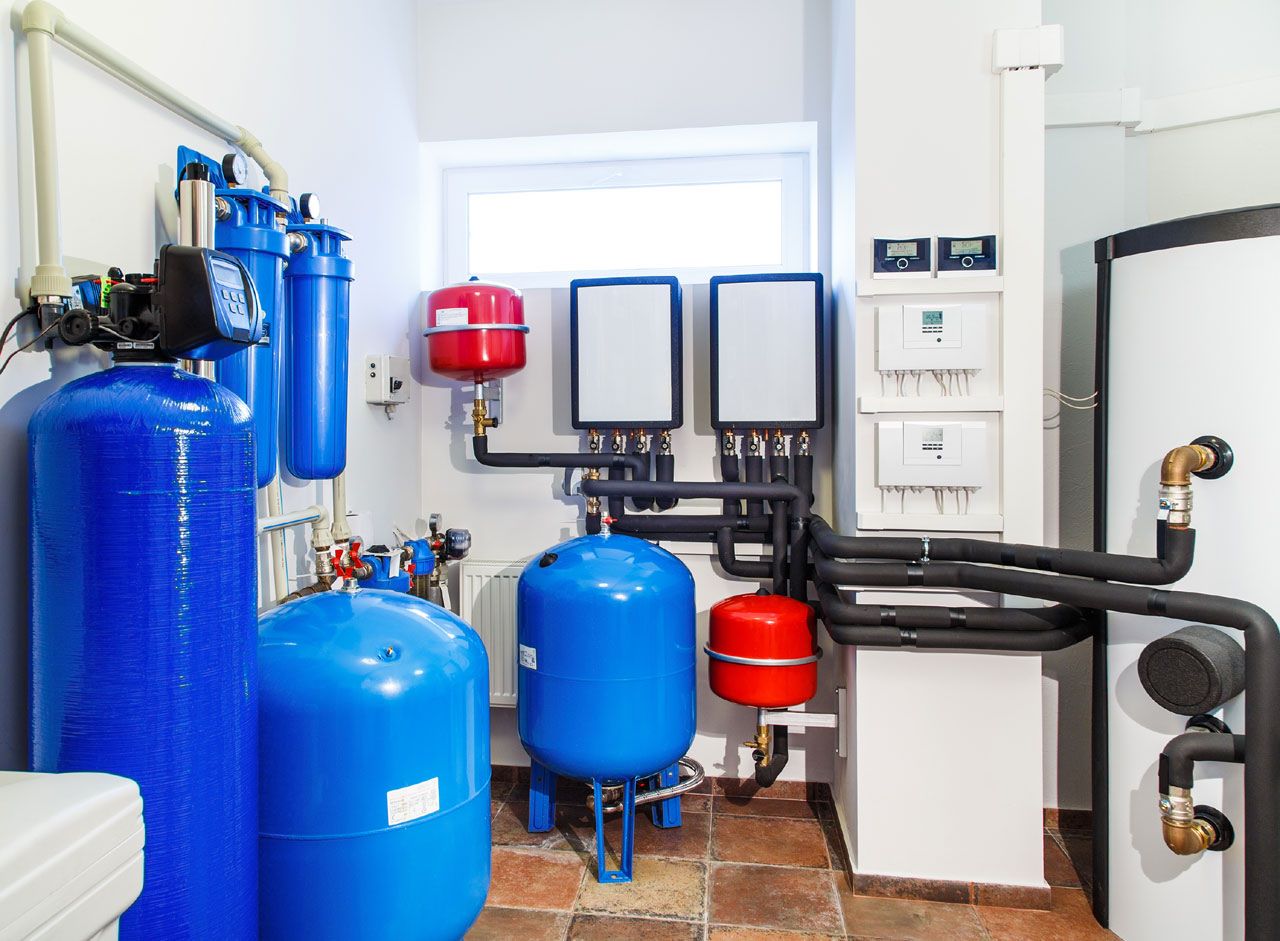
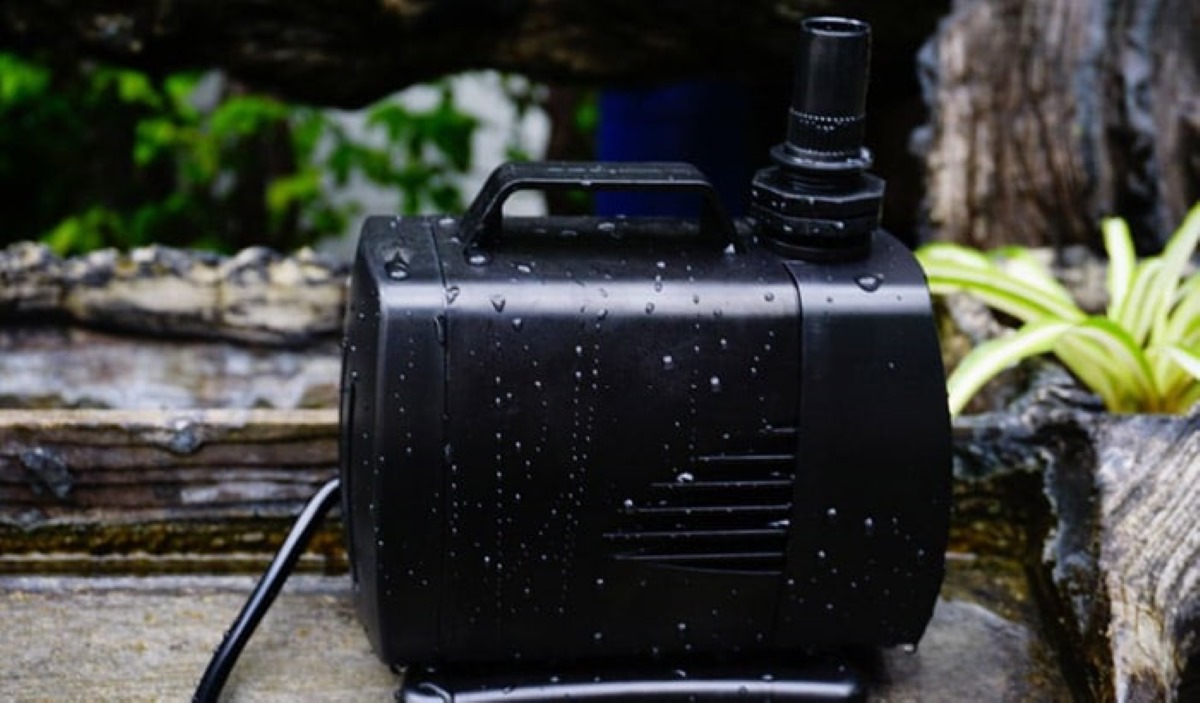
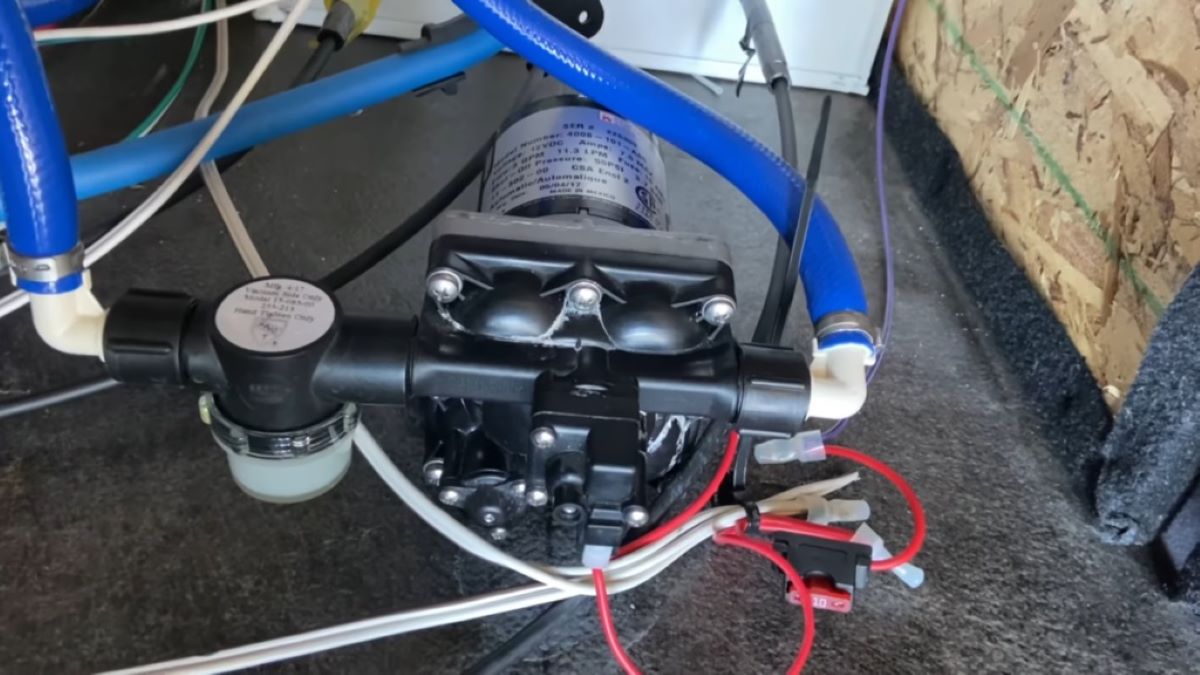
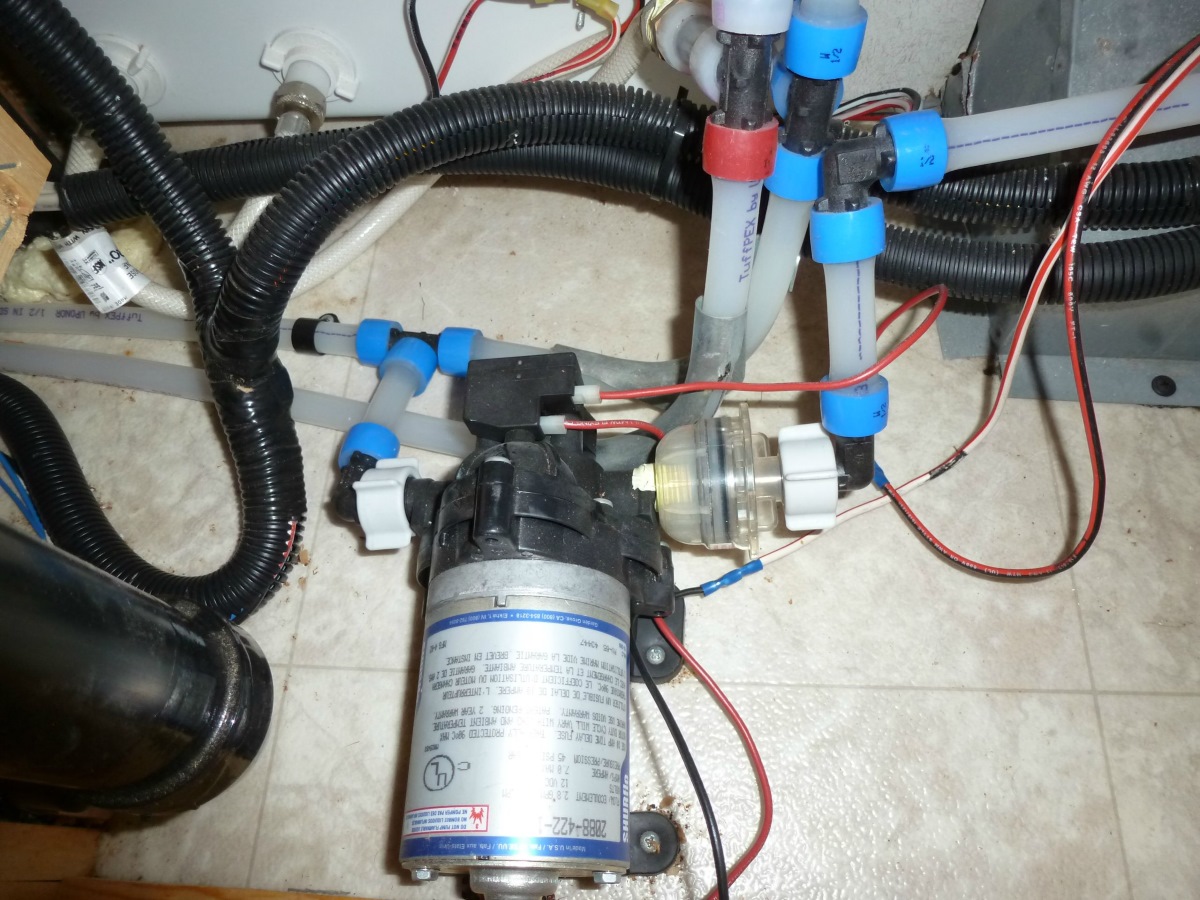

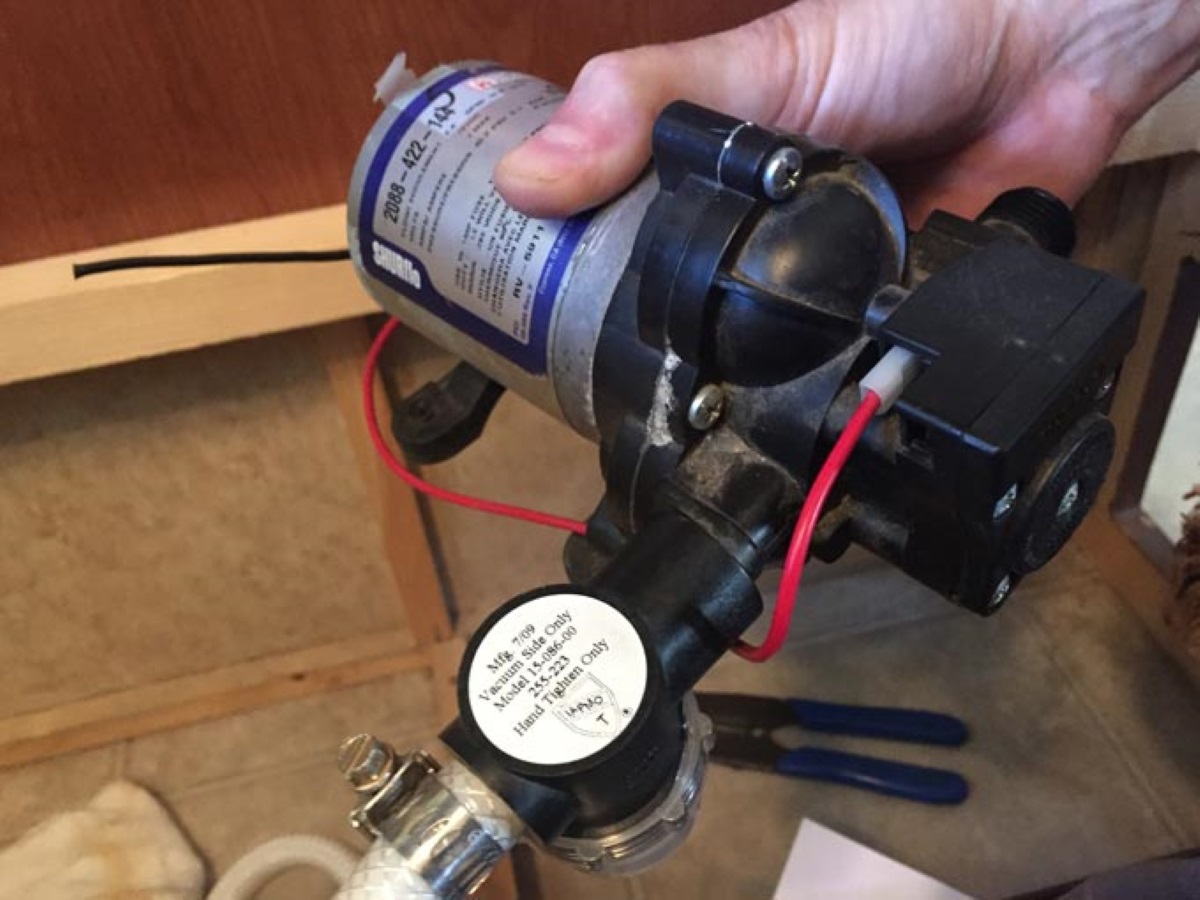
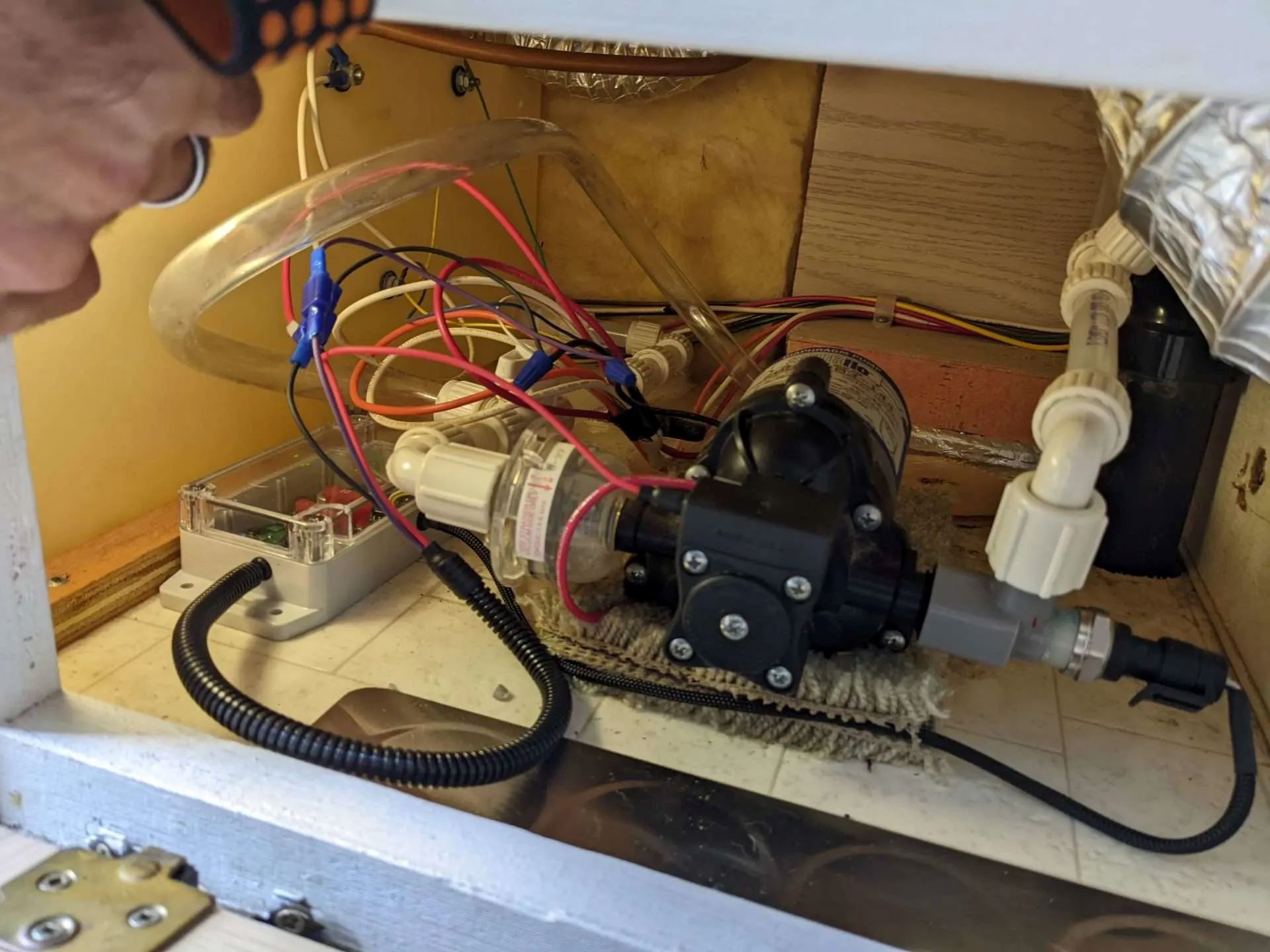
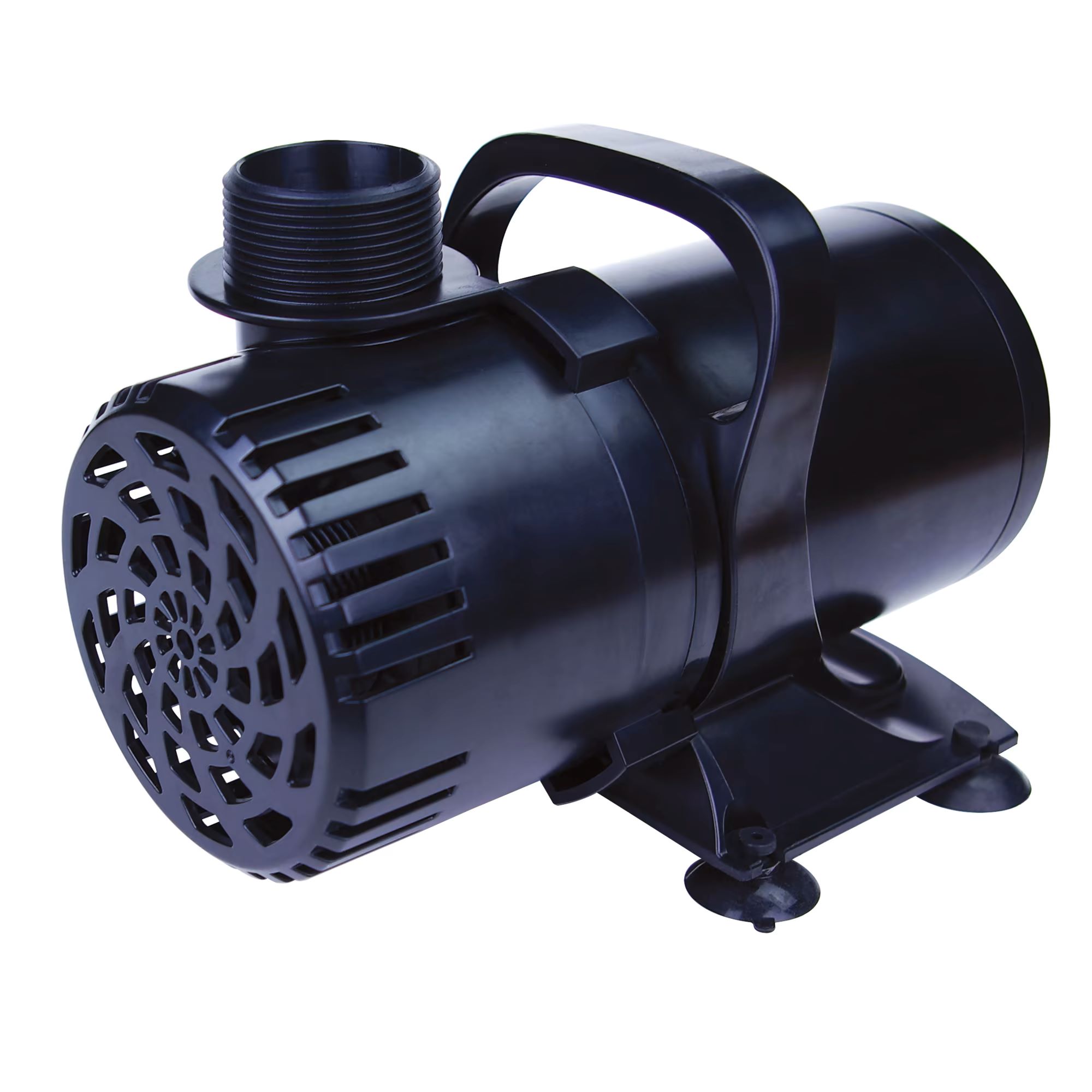
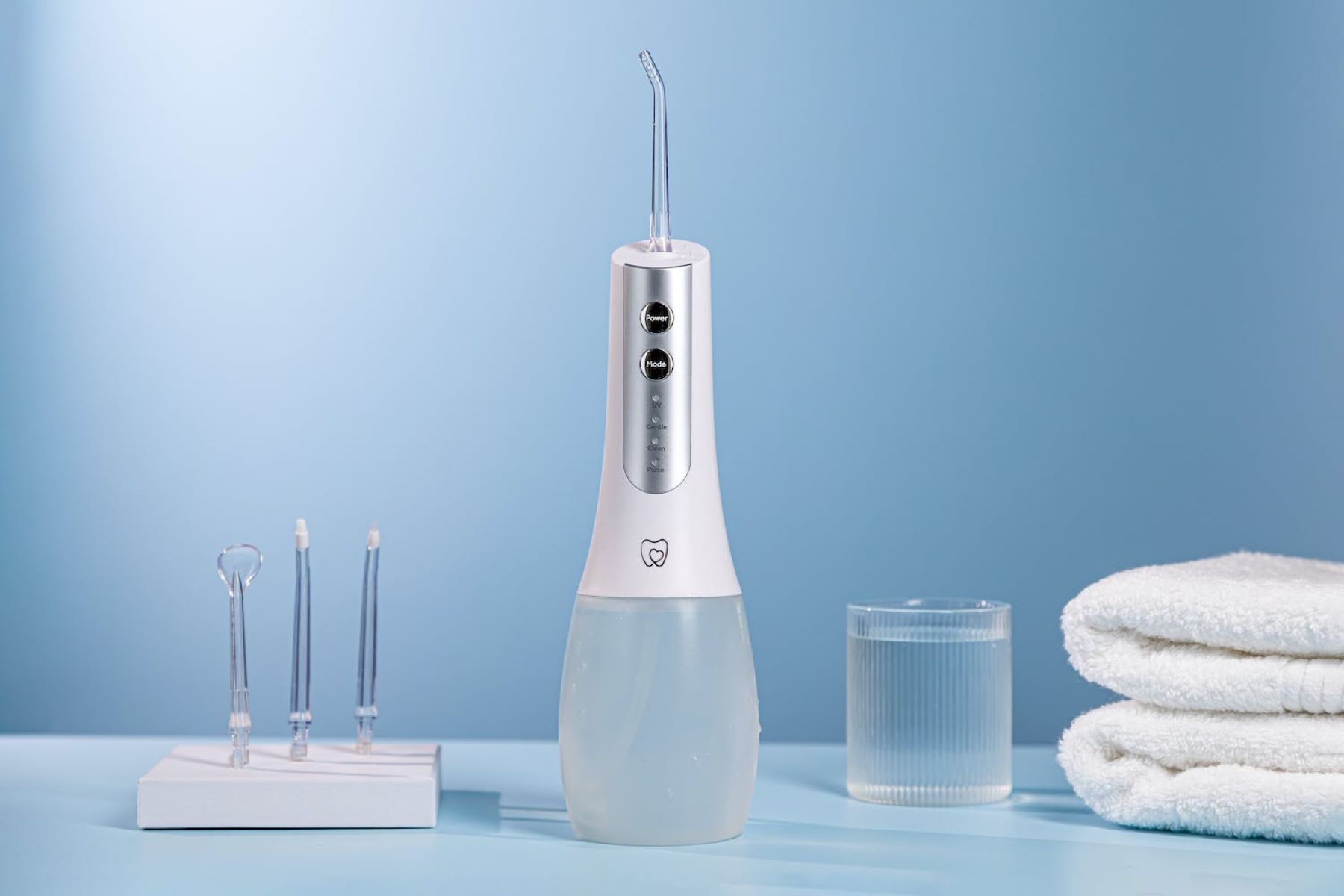
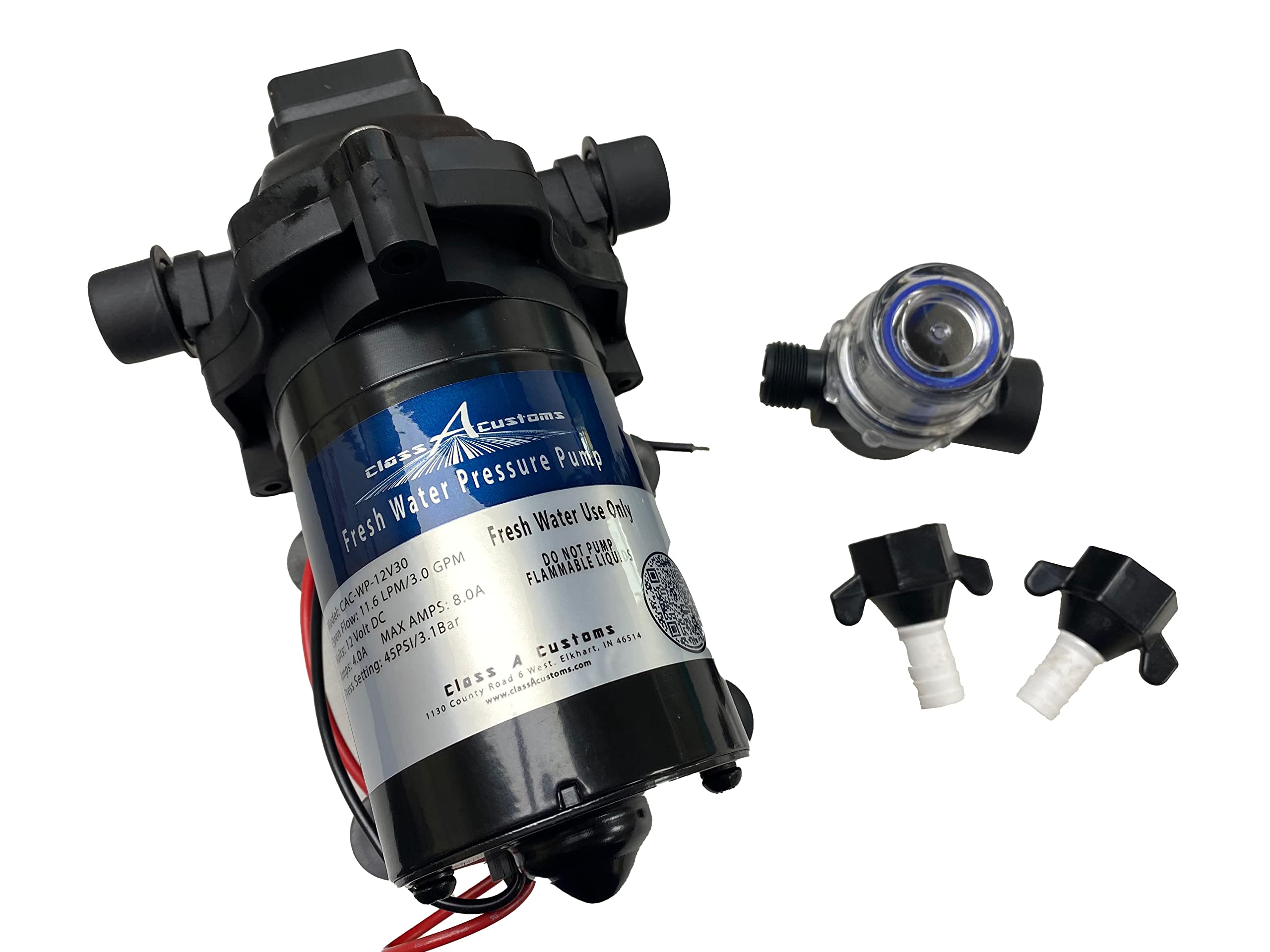
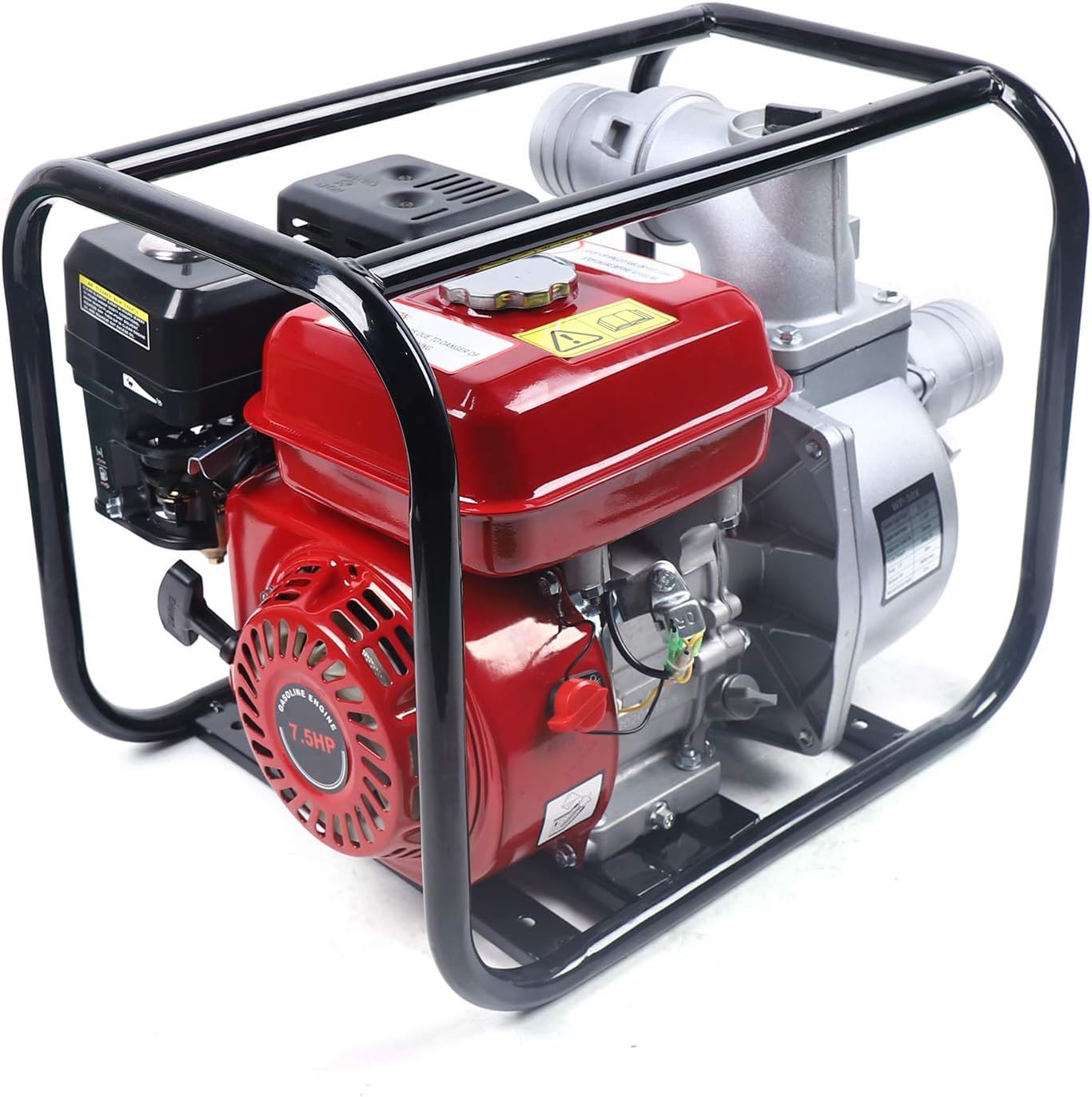
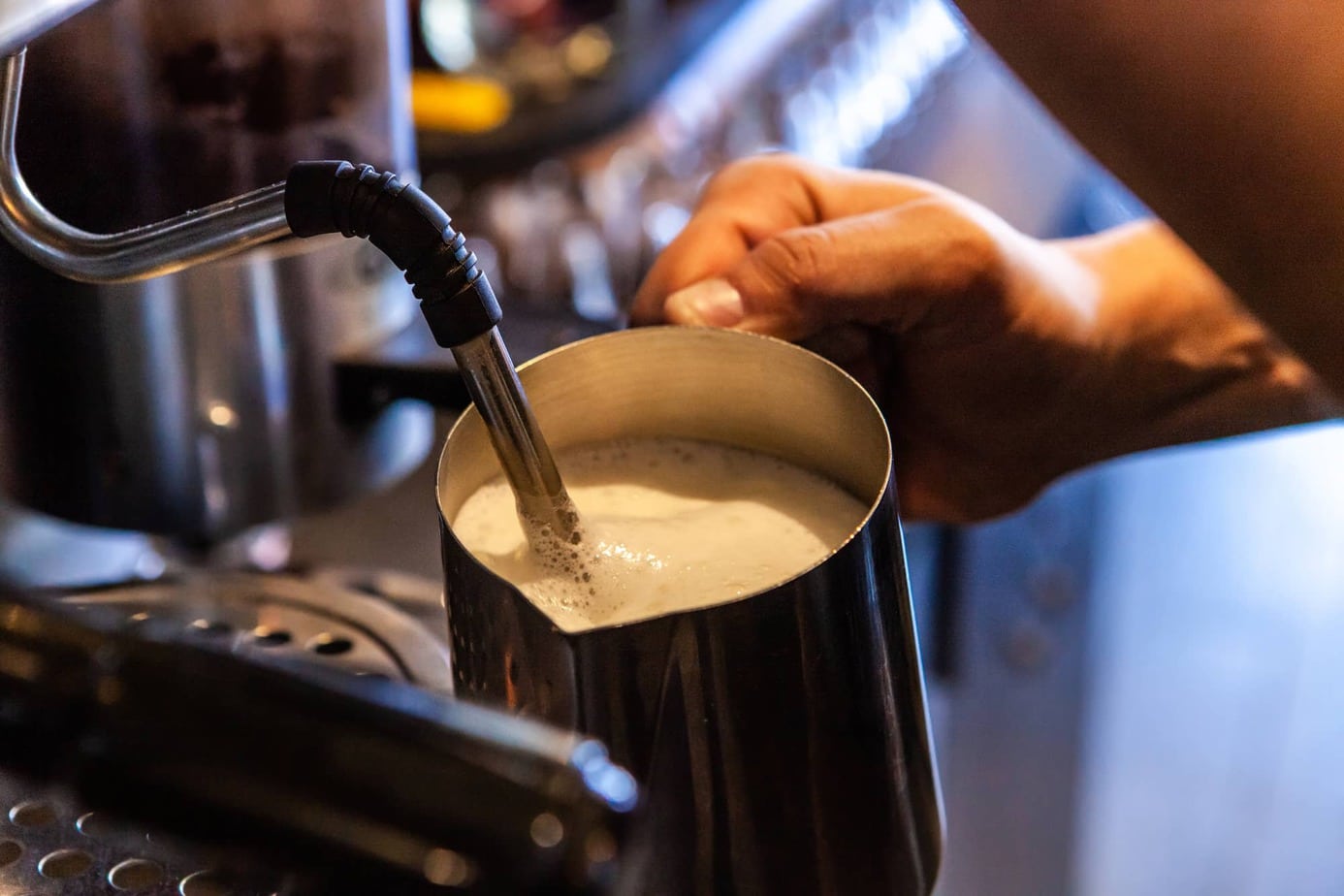
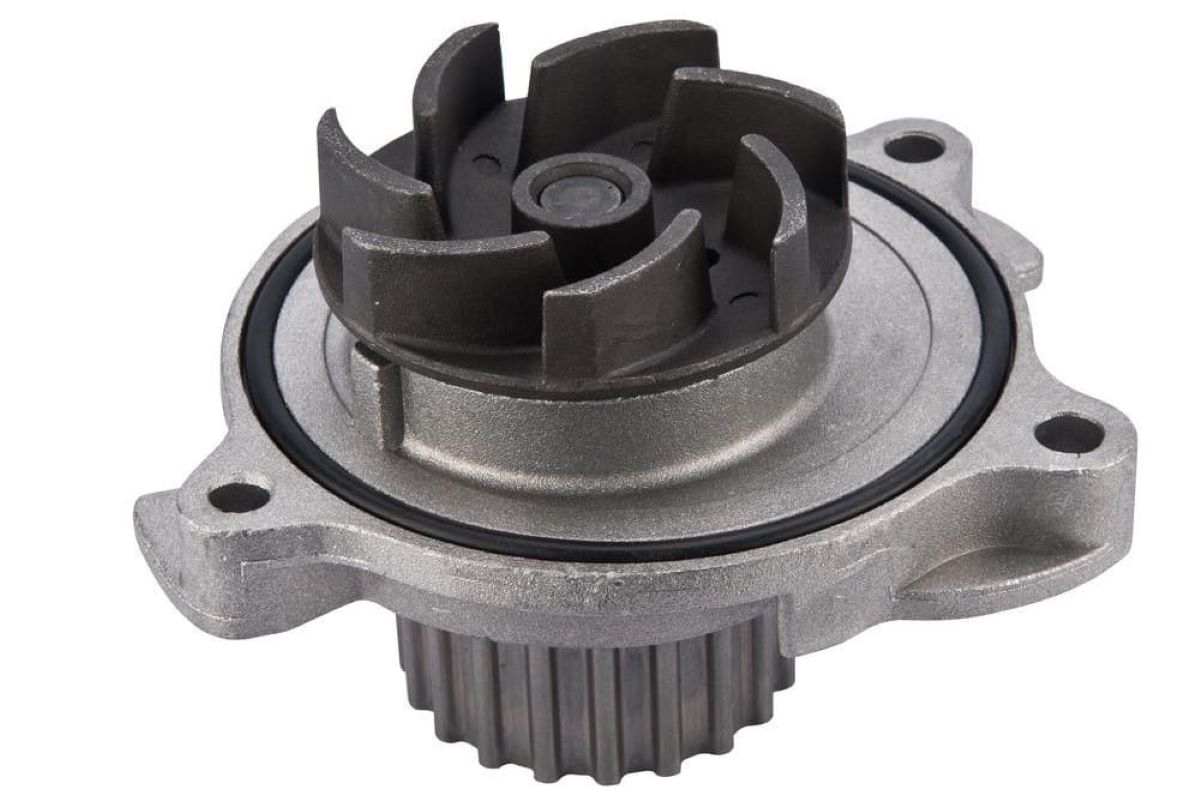
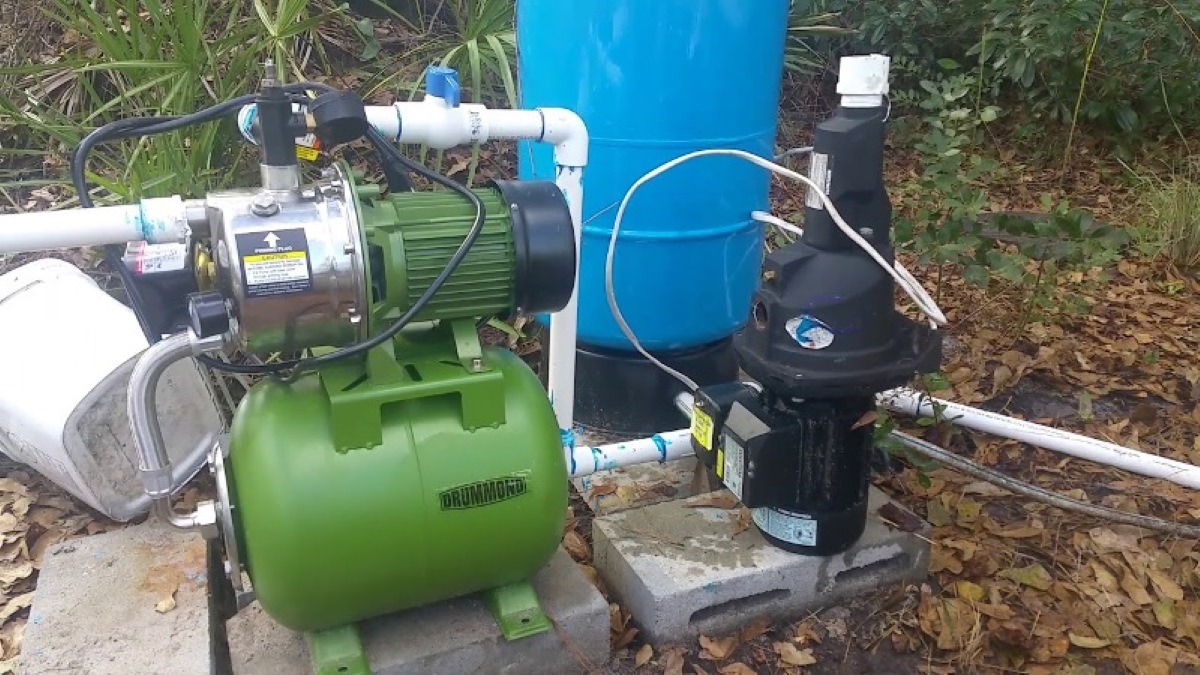

0 thoughts on “What Does The Water Pump Do In An Rv”